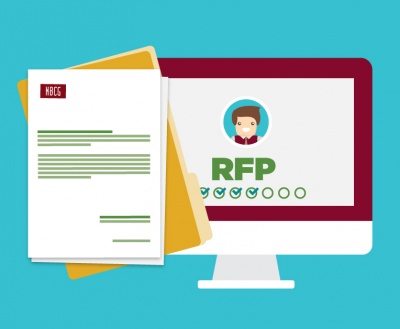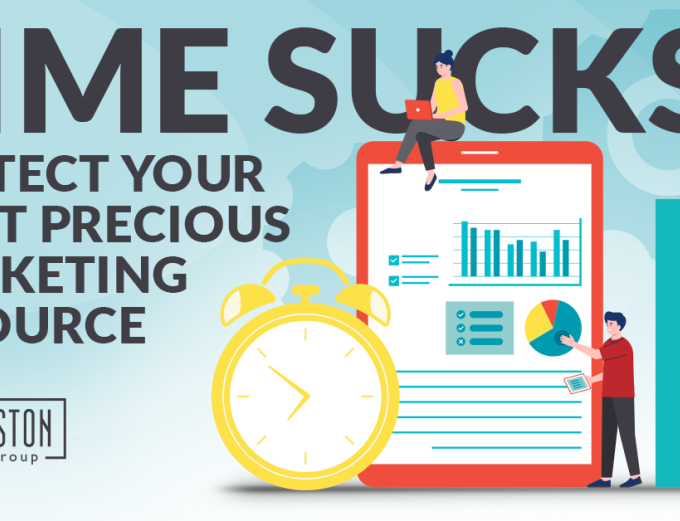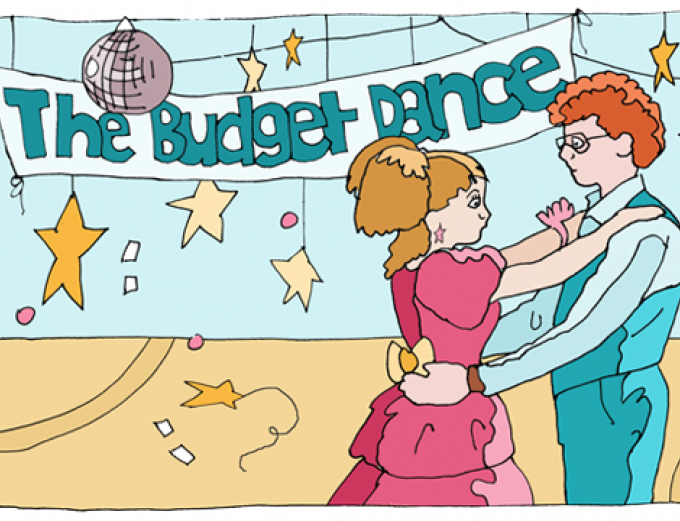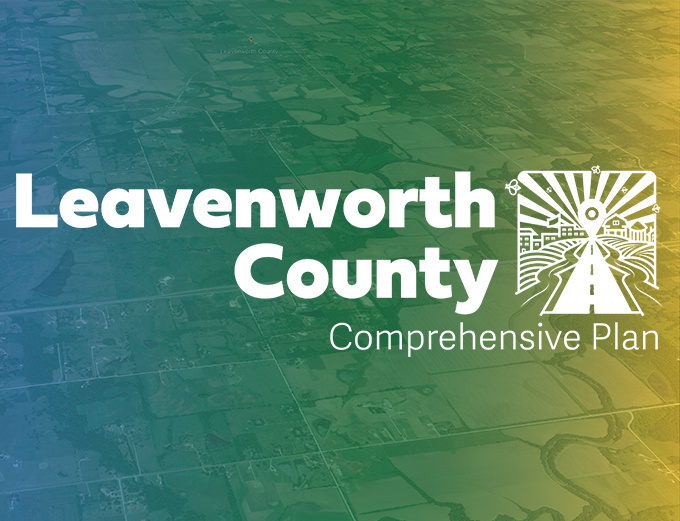8 Tips for Writing Your Next RFP
by Kristin Brighton on September 29, 2016
So you’ve got a marketing project coming up, and you need to put together a Request for Proposal, so you can see which companies are interested in your project and what they’d charge you to do the work. Great! But before you get too far in the RFP writing process, I’d like to challenge you to think a little more deeply before you hit “send.”
First of all, please read my blog, Think Before You Send Out Your Next RFP (or, Why RFPs are Bad for Business). In it, I outline why the traditional, formal RFP bidding process is flawed. You get better work if you collaborate with your marketing vendor to construct a project that meets your goals, rather than dictating parameters. Ideally, you will choose your marketing vendor based on qualifications, not based on a list of projects you (already) think you need.
But if you are required to go through the RFP process (and I know many of you are, because of government contracting rules or board policies), here are eight tips to help you find the best partner for your project.
1) Keep in Mind What You’re Asking of Applicants
When you put together your requirements, think deeply about all you are asking applicants to do. Is it necessary to ask them to do so much work in their response that they’ll put in 100 hours responding to your proposal? Are you asking them do to creative work for free that they may never get paid for? If so, you might be losing possible responses because they either 1) don’t have time to get this done because of other current projects, or 2) they don’t believe in giving away their ideas without a guarantee they’ll get paid.
This is business, and people who make their money off their ideas deserve to get paid as much as anyone else. So unless you’re offering a big, very lucrative national account, don’t ask to see original ideas put together on your behalf without a contract agreement.
2) Be Thoughtful When Setting Your Response Deadline
Your board may want proposals back yesterday; after all, you want to get going! But if you give applicants only two weeks to pull together a proposal that will take 50 hours, they might be forced to pass on your project because they have 50 hours of paying work to do in the meantime. While sometimes firms will bend over backwards to squeeze in your RFP on top of other work, they appreciate as much notice as possible to put in the work to thoughtfully and thoroughly answer your RFP. A month or even longer is courteous, especially if your request is going to require respondents to produce a lengthy document.
And whatever you do, please don’t set a due date immediately following a holiday (like December 31)! It may have a nice ring to it, but that’s just not practical. January 15 will probably work just as well.
3) Make Yourself Available for Discussion
A blind RFP that doesn’t allow you to discuss a project means that applicants often don’t have all of the information they need to put together a solid proposal. While sometimes government RFPs allow applicants to submit questions, these often have early due dates. Missing those early submission deadlines, or not having time to fully think about an RFP response before the due date, might result in additional questions later on. This could force incomplete responses based on missing or incorrect data. Or, it could lead someone to decide to pass on your RFP altogether.
Nearly every time we can have a conversation with you, we do so. We like to talk in-depth about objectives and timing for each project so we can use our expertise to strategize the most effective and efficient way to help you achieve your goal. Maybe we’ve got an idea that could save you money, time, or even both. But, if we don’t have an opportunity to talk, those ideas could get lost in the shuffle.
We also prefer the opportunity to go over our response with you, either in person, during a formal interview, or on a phone call. Spending that time together to make sure everyone fully understands what’s being discussed can be invaluable, and it allows both sides the opportunity to decide if they think they can work well together.
4) Provide a Budget (or at Least a Range)
Marketing has a ton of variables. Some RFPs go out in hopes of attracting the lowest bid, without any guidance at all as to how much the client expects to pay or has allocated for the project. It’s very helpful for applicants to have an idea how much you’re expecting to spend ($5,000 or $500,000?) so they can craft a response that will work for you.
For instance, video can be created very simply (small crew, one day of filming) or very elaborately (large crew, one week of filming, distant location, professional actors). Having an idea about budget helps applicants maximize your resources — and not waste everyone’s time proposing ideas well beyond the scope of what you can afford.
5) Be Sure to Define a Project Goal
Every successful marketing project needs a concrete goal. However, more often than not, we meet with clients who think they need a brochure/video/website, but don’t know what they hope to achieve with that project or how to measure whether the project was successful.
If you want to increase sales but don’t know who you need to target, or what kind of tools you need to use, let your marketing team help. We often begin projects with a comprehensive discovery process that helps us understand the status quo, your audiences, what’s currently working and what isn’t, which media tools your audience uses, and so forth. With this information in hand, we can then create a well-defined goal (or goals) that is specific, measureable, achievable, realistic, and time-bound (think SMART!).
6) Include Criteria for Decision-Making
It’s very helpful for applicants to know what your decisions points will be so they can make sure to hit all of them in the response. If some of your parameters have to do with delivery timeframe, or hours per week you’ll want access to personnel, or years of experience, it’s good to know those things up front to determine if it would be a good match.
If you are looking for the lowest bid, say so. If you aren’t necessarily making the decision based on lowest bid, say that, too. All the clichés are true: You get what you pay for. But if you are simply fulfilling a requirement to carry out a certain project, and you just need it done, say so. When applicants know the whole story, they can usually produce a solution to meet your needs — and your budget.
7) Consider Electronic Submissions
Often RFPs ask for 6, 8, or even 10 hard copies of the response, which means applicants will incur printing, binding, and shipping costs so your whole committee has a printed version to review. If you know all those hard copies will end up in a circular file, or if one or two hard copies could work just as well, let applicants submit an electronic copy instead of killing several trees. Mother Earth (and the applicants) will thank you.
8) Trust Us to Propose the Best Approach
You might know what you want, but usually RFPs are written by people who aren’t professional marketers. Spend less time on what you think the process will look like, and focus more on articulating the status quo and what goals you want to meet. Include the challenges, existing assets, and how available your team will be to collaborate along the way. Think of an agency as your partner. Remember, you’re hiring someone to be your marketing expert. Tell us your situation, and trust our expertise to help you determine the best approach.
After all, we’re in the relationship business. We want to do great work for you, so that you become a repeat customer. Likewise, we want you to tell your friends to use our services. So we really, really want this relationship to work out great for everybody!
Contact Kristin if you’d like to send us an RFP.






